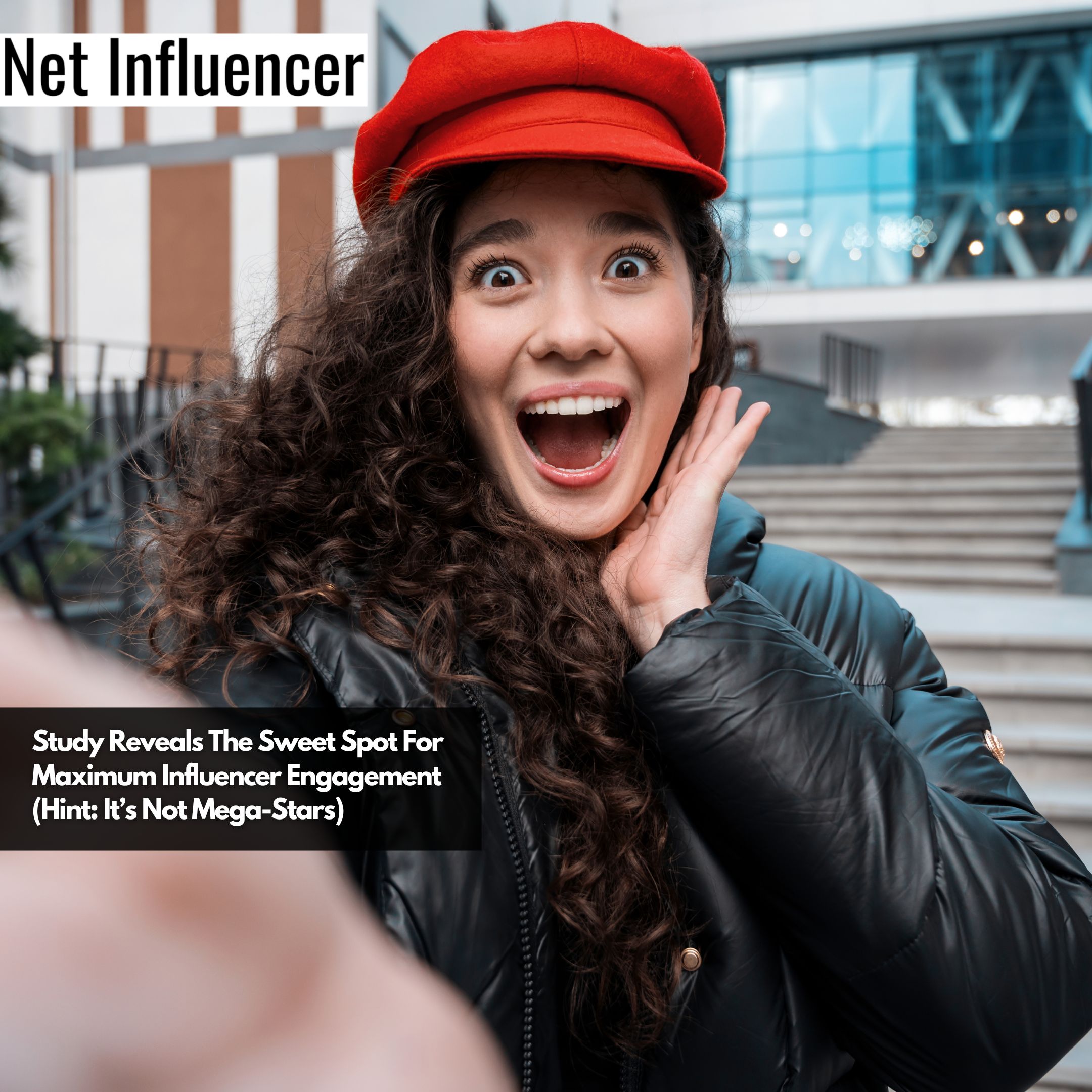Strategy
Study Reveals The Sweet Spot For Maximum Influencer Engagement (Hint: It’s Not Mega-Stars)
Wharton marketing professors Ryan Dew and Raghuram Iyengar, along with Zijun Tian of Washington University in St. Louis, conducted research that upended conventional wisdom about influencer marketing strategies. Their paper, titled “Mega or Micro? Influencer Selection Using Follower Elasticity,” analyzed over 500,000 videos from TikTok’s Discover page over a six-month period.
The findings revealed a nonlinear relationship between an influencer’s popularity and audience engagement. While mega-influencers generate more overall views, they tend to receive less engagement in the form of comments, likes, and shares compared to their smaller counterparts. The study identified maximum engagement among influencers with around 7,500 to 10,000 followers.
To quantify this phenomenon, the researchers introduced a practical metric, “follower elasticity of impressions” (FEI). It measures the percentage increase in video views corresponding to a percentage increase in an influencer’s follower count, providing a tangible measure of an influencer’s impact. The data showed FEI declining precipitously as influencer popularity rose, indicating diminishing returns for every additional follower.
“Influencers with less than 10K followers achieve faster impression growth for entertaining and informational hashtags, while the influencers with a larger number of followers do so for socializing hashtags,” the researchers stated.
However, two key exceptions emerged. First, FEI peaked higher for popular gaming influencers, likely due to gaming content’s inherently social nature. Second, micro-influencers demonstrated elevated FEI for campaigns emphasizing trust and authenticity.
The researchers also found FEI remains steady across micro and mega influencers for branded contests inviting user-generated videos, suggesting potential value in enlisting mega-stars for such initiatives.
Dew, Iyengar, and Tian acknowledged the challenges in isolating variables like platform algorithms that can artificially amplify certain content. Nonetheless, their FEI framework aims to provide a data-driven approach for optimizing influencer strategies, in contrast to traditional intuition-based tactics. For the full report, follow this link.





















